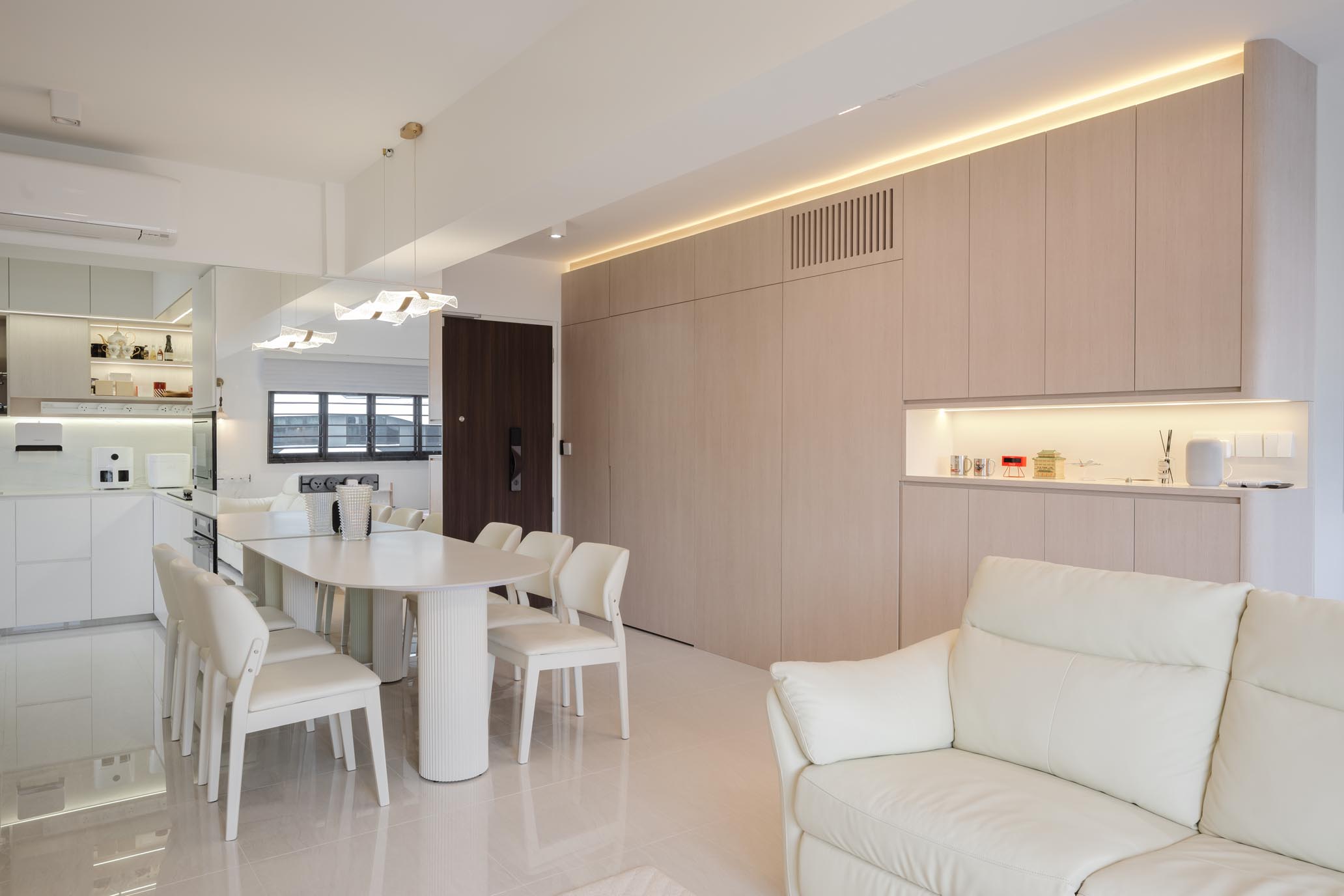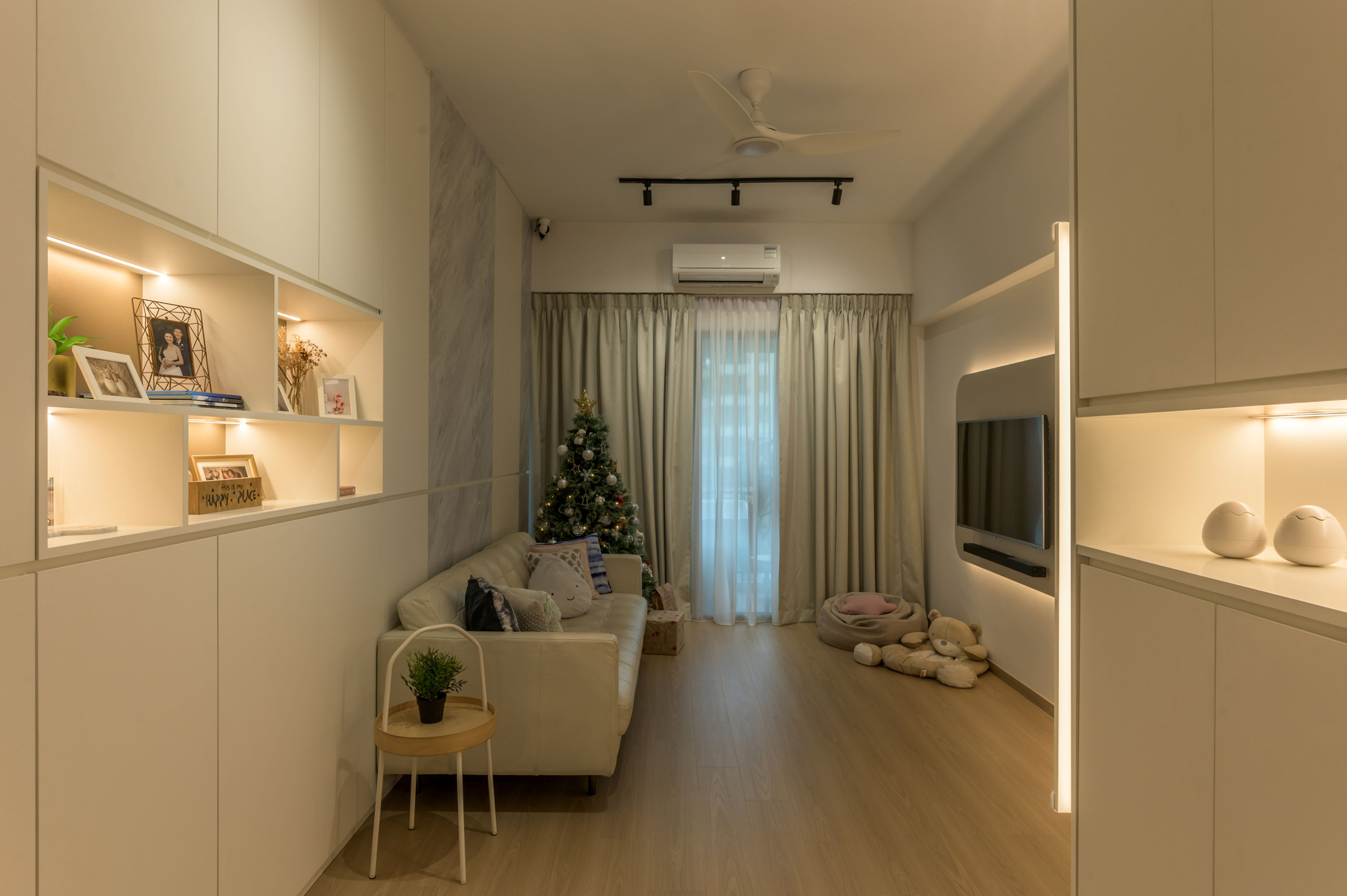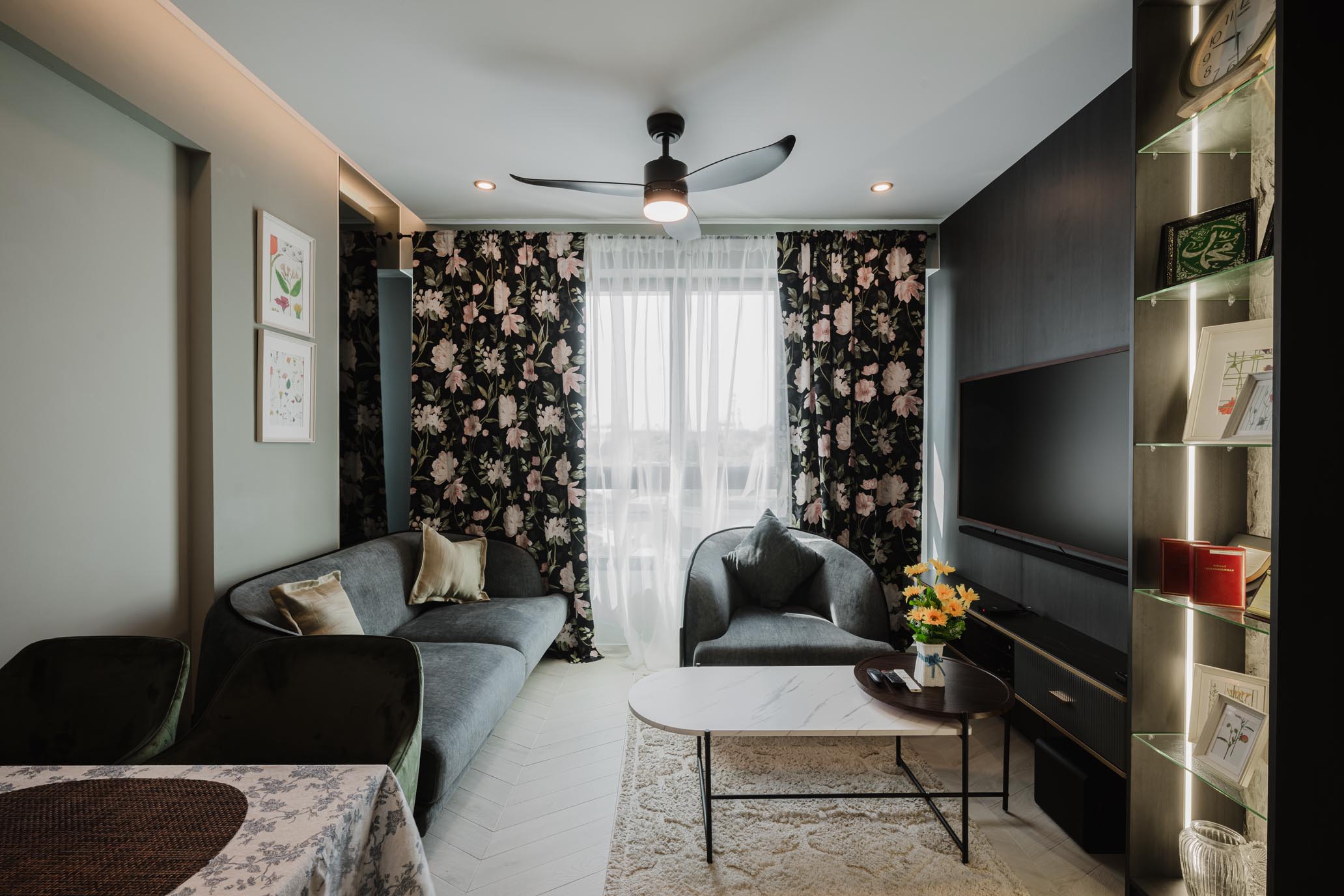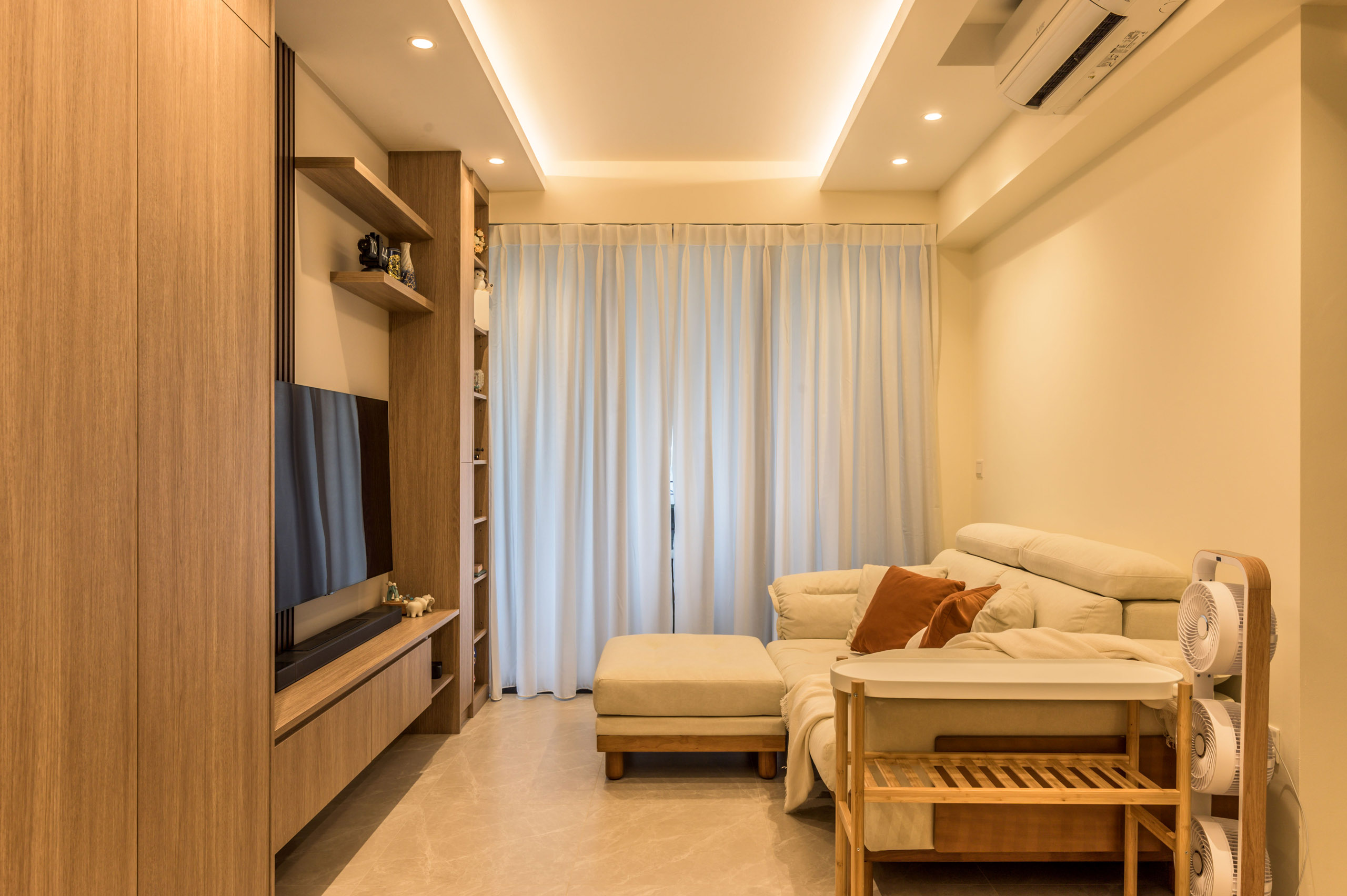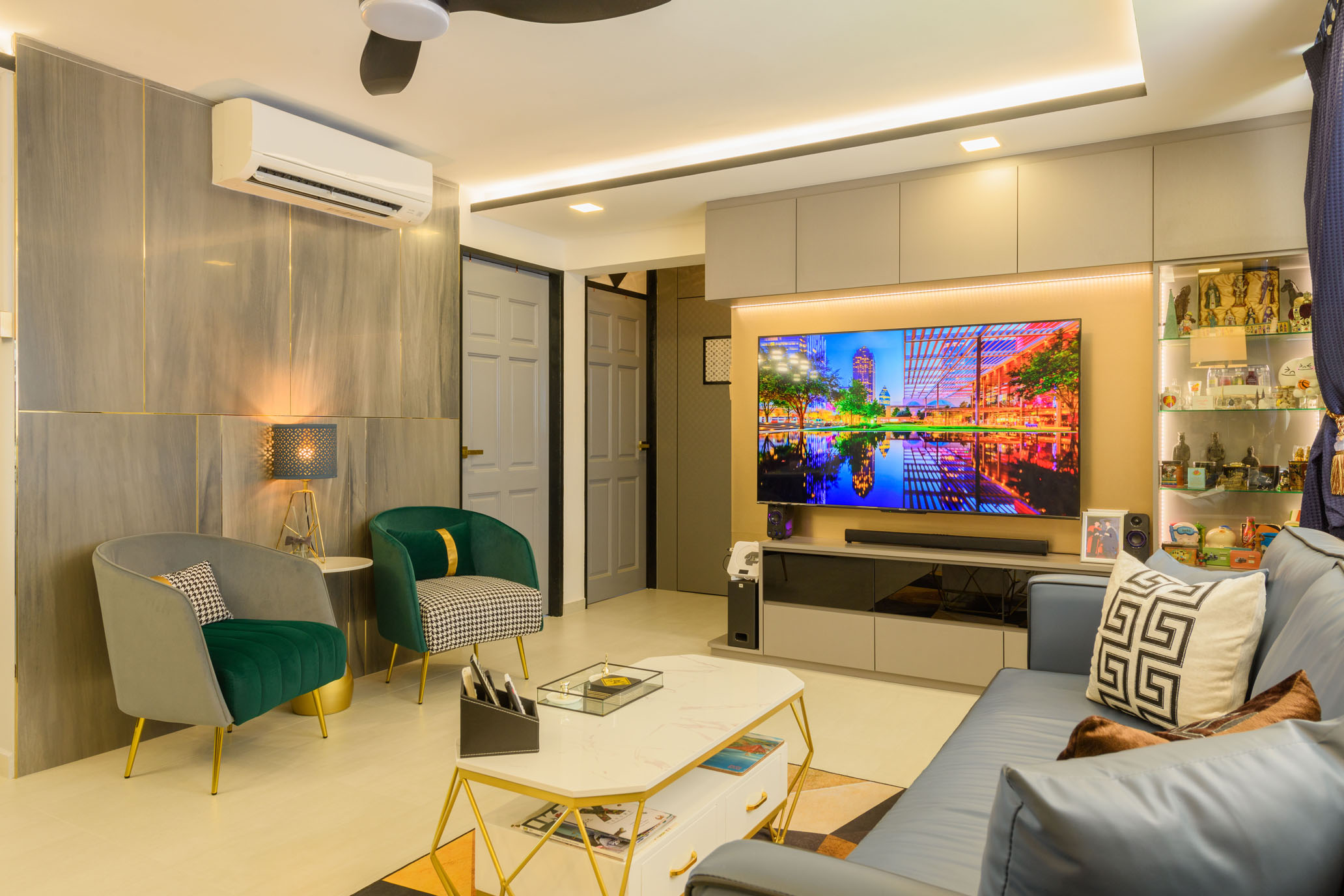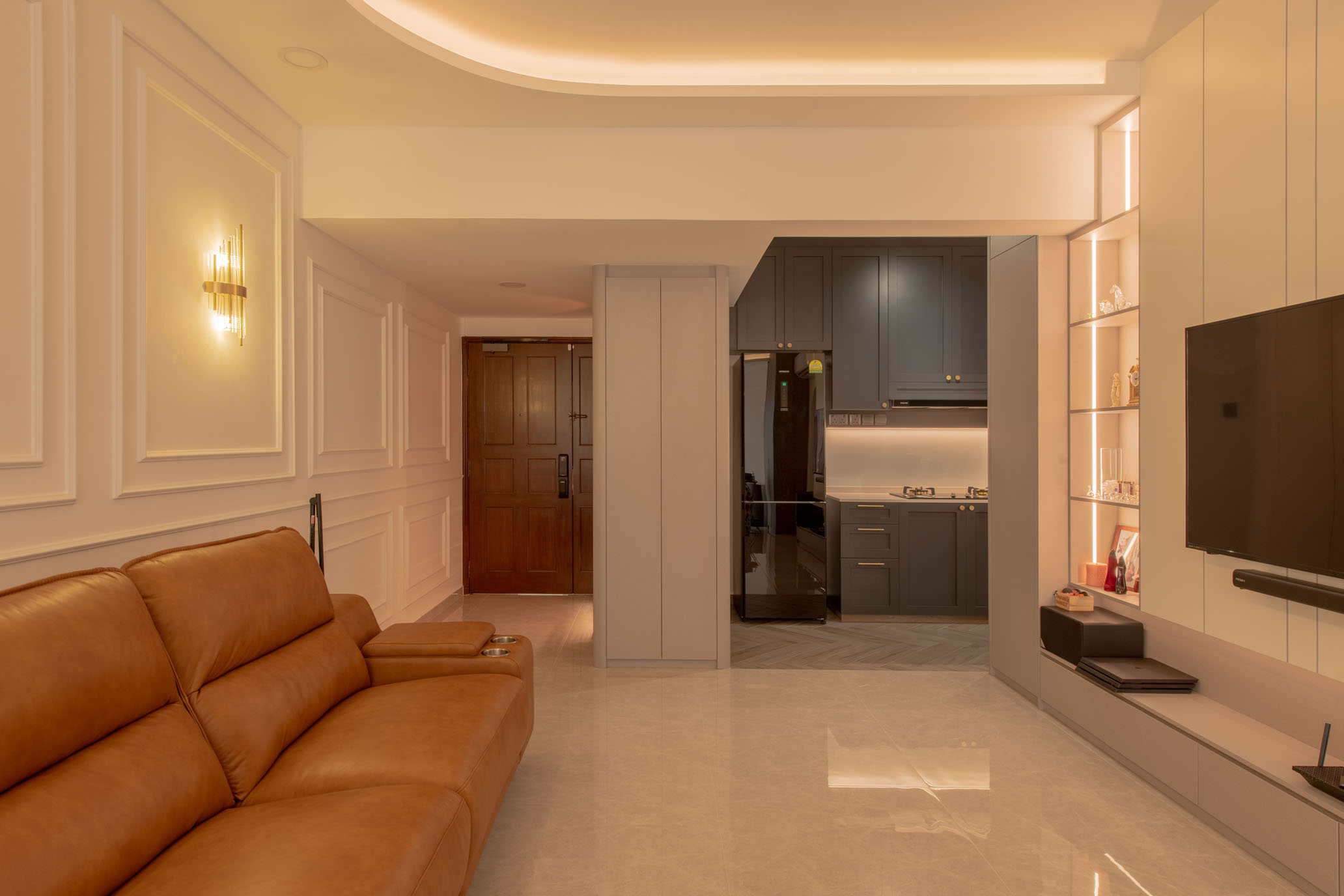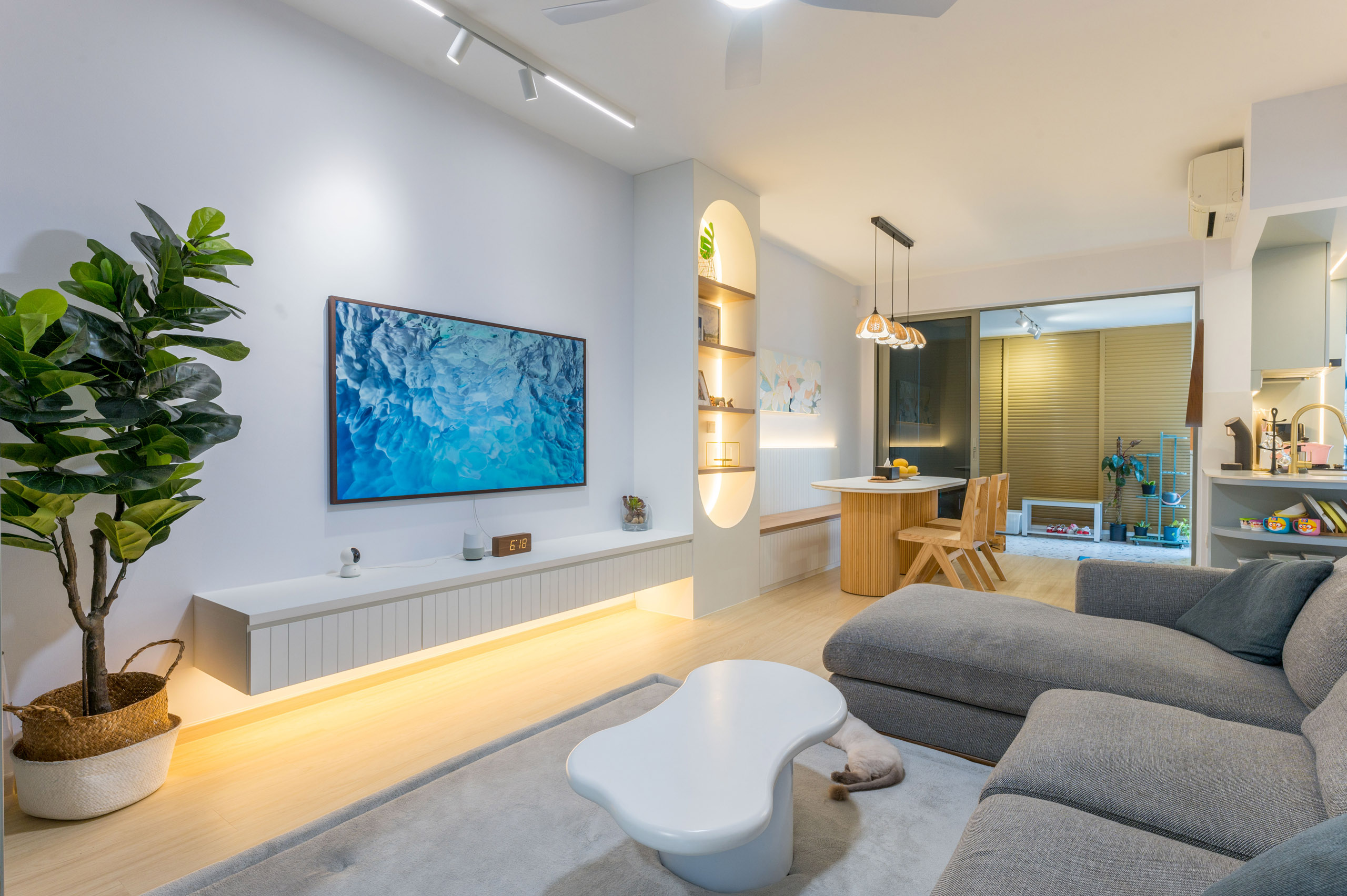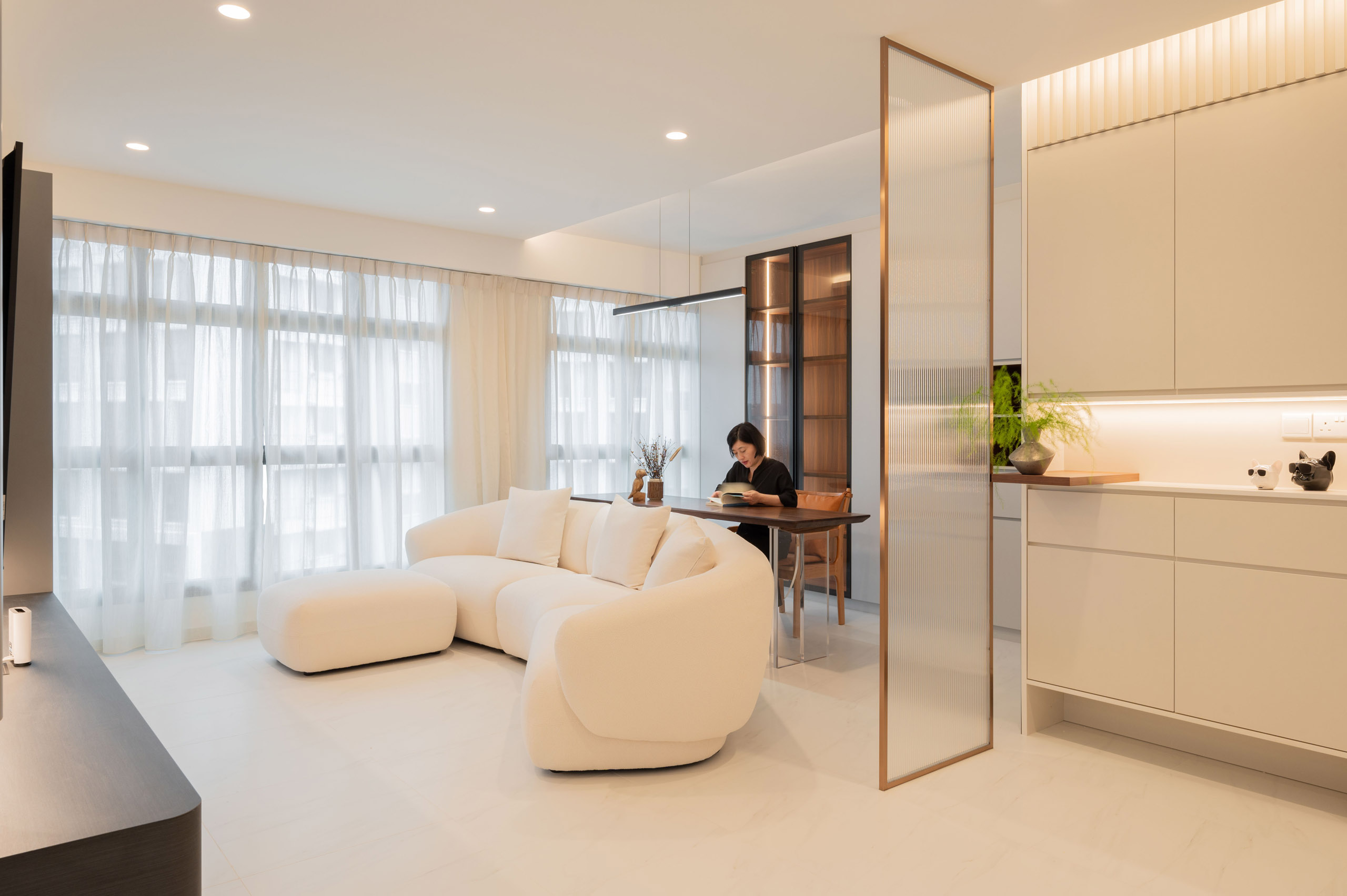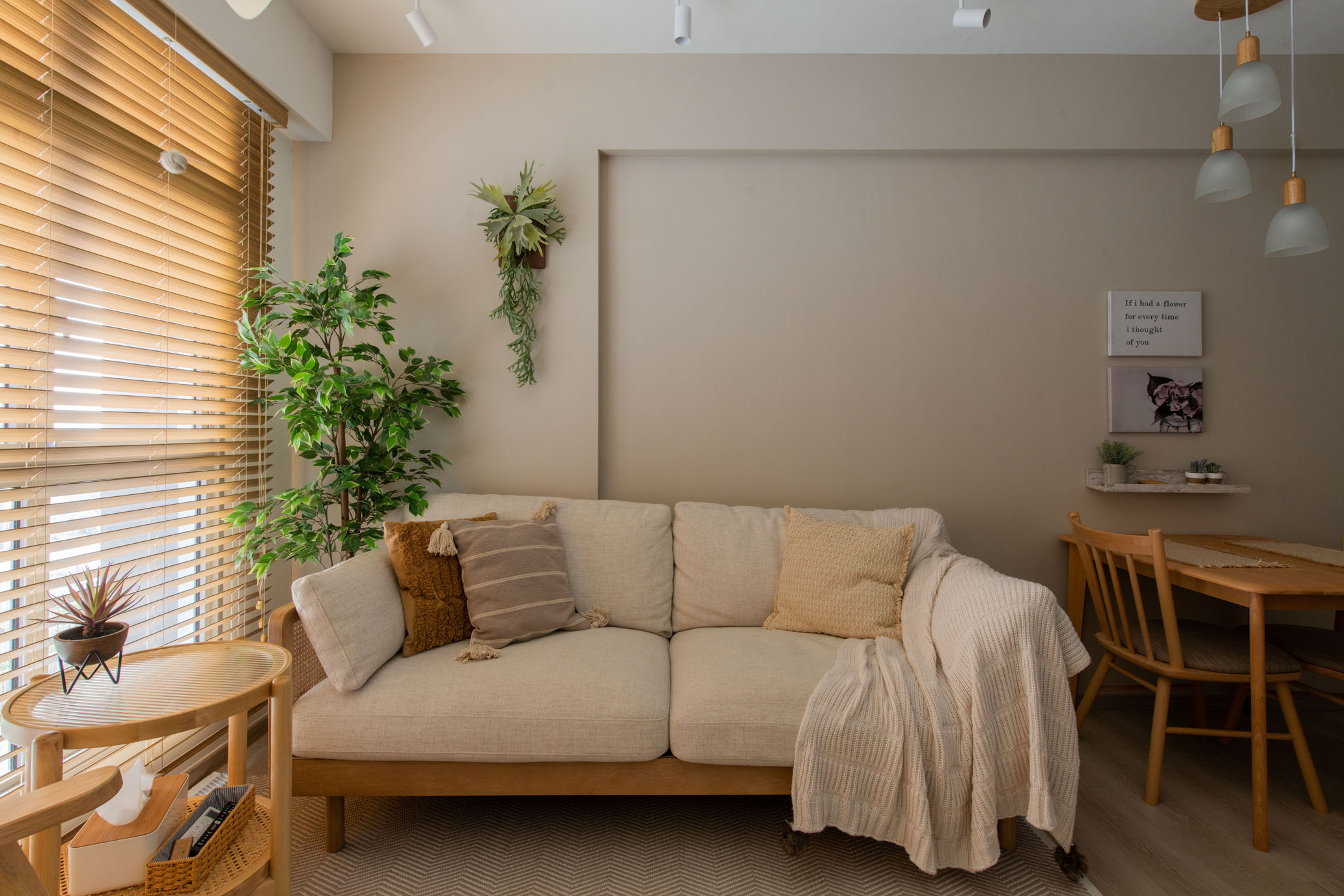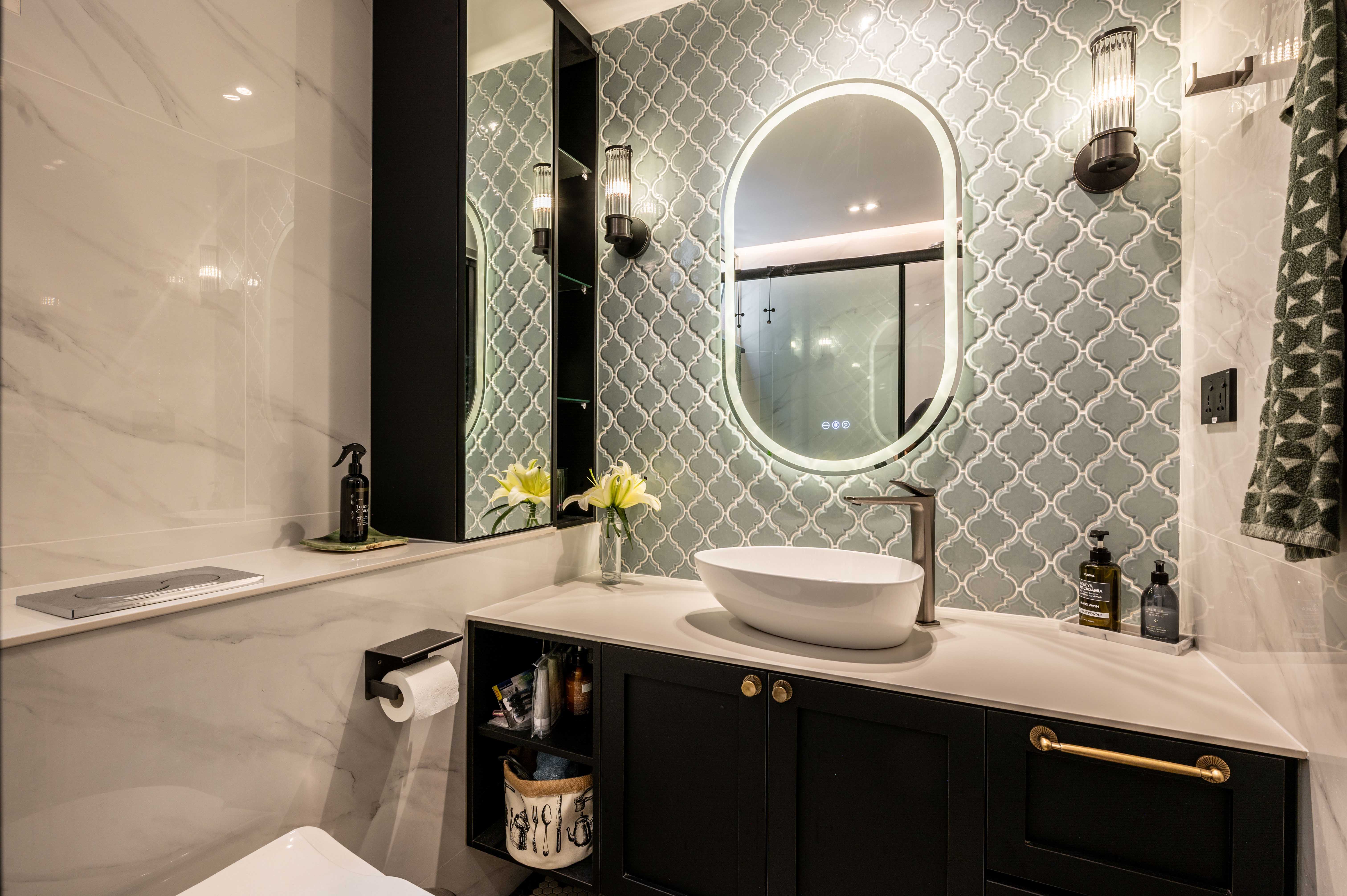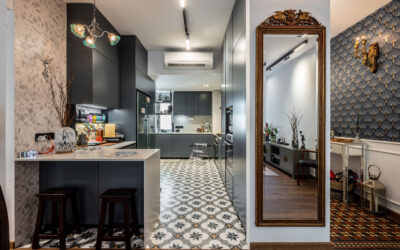Selecting the Perfect Seating Arrangement
The foundation of any inviting living room begins with comfortable, well-chosen seating options. Your furniture selection significantly impacts both the room’s functionality and its overall atmosphere.
When evaluating your current setup, consider whether your seating arrangement adequately serves your family’s needs. Many homeowners discover that traditional sofa configurations don’t maximize their available space or provide sufficient seating for gatherings. Sectional sofas present an excellent alternative, offering versatility and a naturally casual ambiance that promotes relaxation.
Modern sectionals come in countless configurations, materials, and styles—from sleek, minimalist designs to plush, overstuffed options with deep cushioning. When selecting your ideal sectional, prioritize both comfort and durability. Fabrics like performance weaves offer remarkable resistance to stains, moisture, and everyday wear, making them particularly suitable for households with children or pets.
For smaller spaces, consider compact sectionals with clean lines that won’t overwhelm the room. Alternatively, larger rooms benefit from generous L-shaped or U-shaped configurations that create natural conversation areas. Remember that your seating should accommodate your typical household occupancy while providing flexibility for entertaining guests.
Complement your main seating with accent chairs that introduce visual interest through contrasting textures, patterns, or colors. Swivel chairs offer particular functionality, allowing occupants to easily pivot between different focal points or conversation groups within the room.
Reimagining Traditional Tables
Coffee tables have long been considered living room essentials, but contemporary design embraces more versatile alternatives. Oversized ottomans represent one of the most practical and comfortable substitutions for conventional coffee tables.
These multifunctional pieces serve triple duty: providing a surface for drinks and snacks (when paired with decorative trays), offering additional seating during gatherings, and creating the perfect spot to prop up tired feet at day’s end. Many ottomans also incorporate hidden storage compartments—ideal for stashing away blankets, magazines, or children’s toys.
When selecting an ottoman, consider how it complements your existing furniture. For rooms featuring neutral seating, a patterned ottoman can introduce a captivating focal point. Conversely, if your main furniture pieces showcase bold colors or patterns, a more subdued ottoman in a complementary tone creates visual harmony.
Beyond ottomans, explore other innovative table alternatives. Nested table sets provide flexibility for different activities, while drum tables or garden stools can function as compact side tables that easily relocate as needed. For truly multipurpose spaces, consider convertible coffee tables that adjust in height to transition between coffee table and dining surface functions.
Remember that whatever surface option you choose should maintain appropriate proportions with your seating. An oversized sectional pairs beautifully with a substantial ottoman, while smaller furniture groupings benefit from more delicate table solutions.
Layering Soft Textiles for Ultimate Comfort
Few design elements contribute more directly to a room’s coziness than thoughtfully selected textiles. Soft, tactile fabrics invite touch and create visual warmth that transforms even the most architecturally stark spaces into inviting retreats.
Begin your textile layering with throw pillows in varying sizes, shapes, and textures. Rather than matching sets, consider complementary groupings that share color elements while offering textural contrast—perhaps pairing smooth velvet pillows with nubby woven covers or introducing subtle patterns alongside solid hues. For maximum comfort, select pillow inserts slightly larger than their covers to ensure plumpness.
Drape luxurious throws across sofa arms or chair backs, making comfort immediately accessible. Consider seasonal rotation—lightweight cotton or linen throws for warmer months, substantial wool or cashmere blankets when temperatures drop. This practical approach also refreshes your room’s appearance throughout the year.
Window treatments represent another crucial textile layer. Floor-length curtains add softness to hard architectural elements while controlling light and enhancing privacy. For a particularly inviting effect, mount curtain rods several inches above window frames and extend them beyond the window’s width—this creates the illusion of larger windows while allowing maximum natural light when curtains are open.
Don’t overlook the impact of upholstery fabrics themselves. Performance textiles have revolutionized furniture design, offering remarkable durability without sacrificing softness or visual appeal. These innovative fabrics resist stains, moisture, and wear while providing peace of mind for families with young children or pets.
Illuminating Your Space Effectively
Lighting fundamentally shapes how we experience interior spaces, affecting everything from functionality to emotional response. A thoughtfully designed lighting plan incorporates multiple sources at varying heights to create layers of illumination that adapt to different activities and moods.
Begin by maximizing natural light—perhaps the most psychologically beneficial illumination source. Evaluate your window treatments to ensure they enhance rather than obstruct daylight. Sheer panels filter light beautifully while maintaining privacy, while strategic mirror placement can reflect and amplify available sunlight.
For artificial lighting, implement the classic three-layer approach: ambient, task, and accent lighting. Ambient lighting provides overall illumination through ceiling fixtures, recessed lights, or wall sconces. Task lighting supports specific activities—reading lamps beside seating or directional fixtures illuminating game tables or work areas. Accent lighting highlights architectural features or artwork through picture lights, uplights, or focused spotlights.
Table and floor lamps contribute significantly to a room’s inviting quality. Select fixtures that complement your design aesthetic while providing appropriate light distribution. Consider bulb temperature carefully—warmer tones (2700-3000K) create a more relaxing atmosphere than cooler, bluish lights, which can feel institutional rather than homey.
Dimmer switches represent one of the most cost-effective lighting improvements, allowing infinite adjustment to suit different activities and times of day. For contemporary homes, consider smart lighting systems that program customized lighting scenes activated by voice command or smartphone control.

Grounding the Space with Area Rugs
Bare floors—whether hardwood, tile, or laminate—rarely feel completely comfortable without the softening influence of well-chosen area rugs. Beyond their tactile comfort, rugs define conversation areas, absorb sound, and introduce color and pattern that unify design elements.
When selecting a living room rug, proper sizing proves crucial. Undersized rugs create a disconnected, floating effect, while appropriately scaled options visually anchor furniture groupings. Ideally, all major furniture pieces should either rest completely on the rug or have front legs positioned on its surface. For standard living rooms, 8’x10′ or 9’x12′ rugs typically provide adequate coverage.
Natural fiber rugs—including sisal, jute, and seagrass—offer remarkable durability and textural interest. Their neutral coloration creates an excellent foundation for more colorful furniture and accessories. Layer smaller decorative rugs atop these natural bases for added color and softness underfoot.
For households with children or pets, consider indoor-outdoor rugs manufactured specifically for high-traffic areas. These remarkably resilient options resist staining and clean easily with simple soap and water. Many feature sophisticated patterns and colors indistinguishable from traditional indoor-only designs.
Remember that rugs serve both practical and aesthetic purposes. Beyond visual appeal, they provide crucial warmth and comfort, particularly on cold mornings or in homes with concrete or tile flooring. Their sound-absorbing properties also improve room acoustics, reducing echo and creating a more intimate atmosphere.
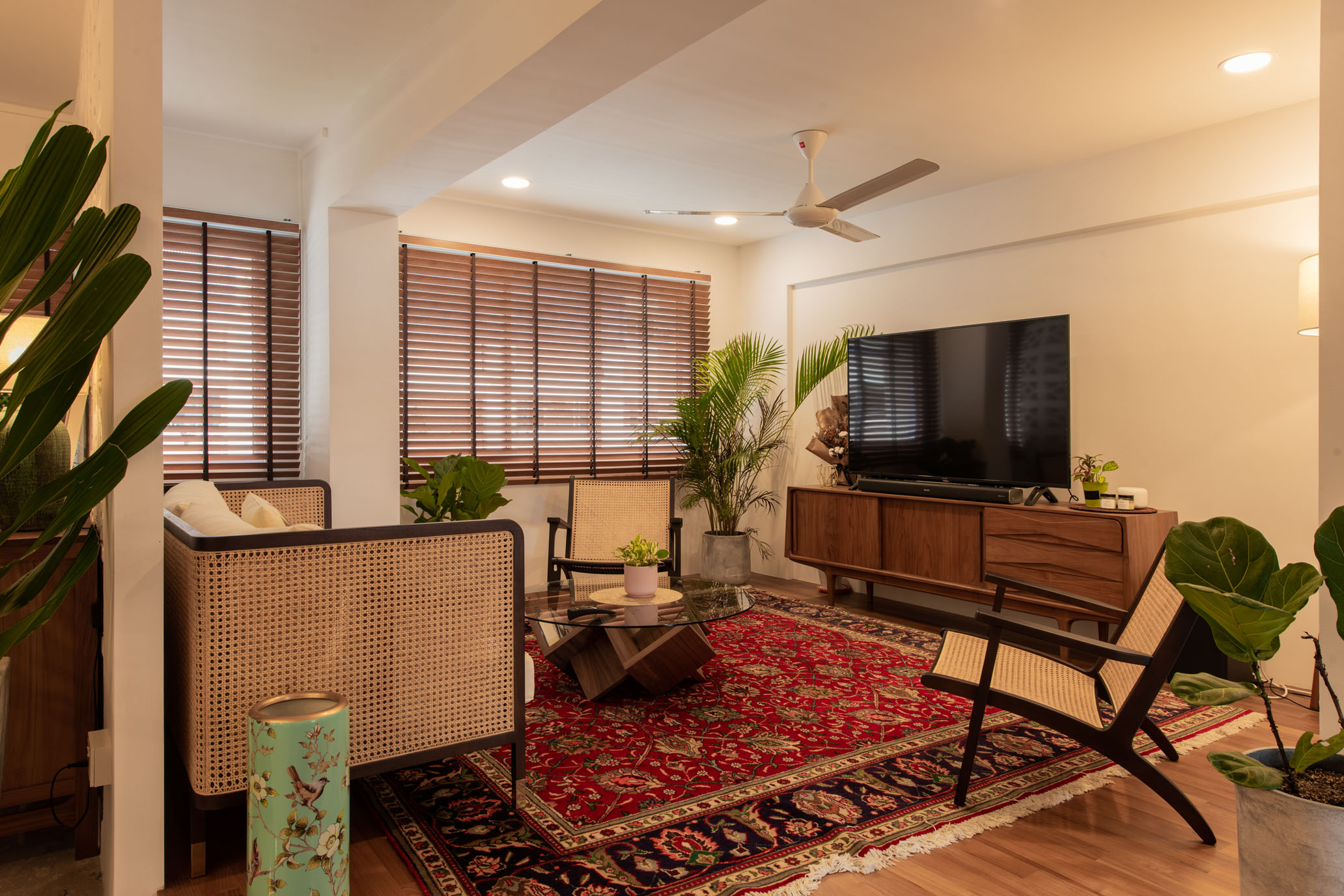
Incorporating Natural Elements
Bringing elements from the natural world into your living space creates an immediate connection to the outdoors while enhancing visual interest and improving air quality. Even minimal additions of plant life dramatically transform a room’s atmosphere.
For those blessed with natural green thumbs, consider incorporating a variety of houseplants at different heights—perhaps floor plants with substantial presence, tabletop specimens in decorative containers, and hanging varieties that introduce vertical interest. Select species appropriate to your room’s light conditions and your maintenance capacity.
Those less confident in their plant-nurturing abilities might begin with remarkably forgiving specimens like snake plants, pothos, or ZZ plants, all of which tolerate inconsistent watering and variable light conditions. Alternatively, high-quality artificial plants and preserved botanical arrangements provide natural aesthetics without maintenance requirements.
Beyond living plants, incorporate other natural materials throughout your design. Wooden elements—whether furniture pieces, picture frames, or decorative objects—introduce warmth and organic texture. Stone, rattan, bamboo, and other natural materials similarly contribute to a space that feels grounded and authentic rather than sterile or manufactured.
Fresh flowers represent perhaps the most immediate way to enliven any room. Consider establishing a ritual of weekly flower arrangements, even simple bunches from grocery store selections. Their ephemeral beauty and subtle fragrance create a sense of care and attention that guests immediately recognize.
Personalizing Through Meaningful Décor
While furniture and architectural elements establish a room’s basic structure, accessories and personal items transform generic spaces into authentic homes. The most inviting living rooms reflect their inhabitants’ experiences, interests, and aesthetic preferences through thoughtfully chosen decorative elements.
Family photographs, artfully displayed in cohesive frames or creative arrangements, immediately communicate what matters most to household members. Consider gallery walls that combine photographs with meaningful artwork, creating visual stories that evolve over time.
Books reveal intellectual interests while providing color and texture on shelves or tables. Rather than treating them solely as decorative objects, display volumes you genuinely treasure or reference regularly. Their authentic presence contributes to a room that feels genuinely inhabited rather than artificially staged.
Travel souvenirs, inherited pieces, and handcrafted items all contribute layers of meaning impossible to replicate through mass-produced décor. These personal elements often become natural conversation starters when entertaining guests, facilitating connections through shared stories.
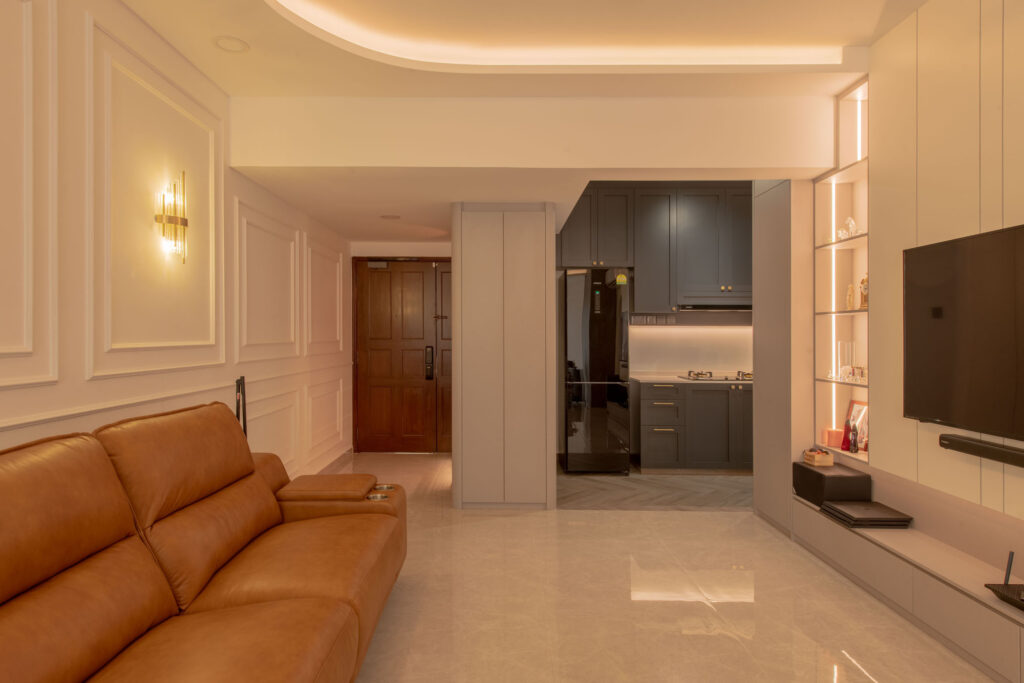
Conclusion:
When incorporating personal items, maintain some curatorial discipline to prevent visual chaos. Group similar objects together, establish negative space between groupings, and periodically reassess collections to ensure they continue reflecting your current aesthetic and priorities.
Remember that truly inviting spaces evolve organically over time rather than materializing instantly through single shopping expeditions. The most compelling rooms tell stories of their inhabitants’ journeys, interests, and relationships—narratives that develop authenticity through thoughtful curation rather than immediate acquisition.
Ready to create your dream living space? Get started today and let our interior designers bring your vision to life.

